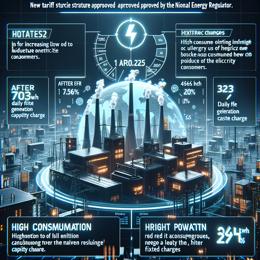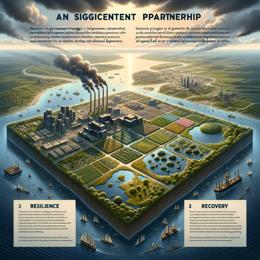Picture: for illustration purposes
Water-shedding in South Africa: A New Solution in Tackling Water Crisis
Johannesburg and adjoining regions, the industrial epicentre of South Africa, are grappling with extreme water cuts. Over the years, water interruptions have become an alarming concern. However, the amplified scale in recent times prompted the Minister of Water and Sanitation, Senzo Mchunu, to introduce the concept of "water-shedding" on 27th September.
Water-shedding takes its inspiration from "load-shedding", a now-commonplace South African term indicating scheduled power blackouts. Anja du Plessis, an expert in water management, elucidated on this new water management strategy.
South Africa recurrently faces various freshwater issues including unequal distribution, lack of access to clean water, and sanitation facilities. Gauteng province, the economic nerve centre of the nation, couldn't escape the blow of this water crisis either. A myriad of factors, combined with the inability of national and regional water authorities to provide effective solutions, contributes to the intensifying problem.
Under the water-shedding approach, the impact of water cuts is planned to be distributed evenly across communities. Here, a water system under pressure is reinforced with water from a well-functioning system. The primary aim is to ensure equitable water allocation among municipal customers.
Despite the plan's potential, challenges such as inadequate investment in water and sanitation infrastructure, mismanagement, and skyrocketing water demands due to population growth and expansion of settlements, are hurdles. As an interim measure, water-shedding requires substantial political and technical backing to prove successful; however, it does not address the root cause of the crisis.
Ultimately, addressing the dilapidated state of the water infrastructure should be the priority to prevent water rationing. The responsible stakeholders need to focus on the primary causes, not just the symptoms of this critical issue.










